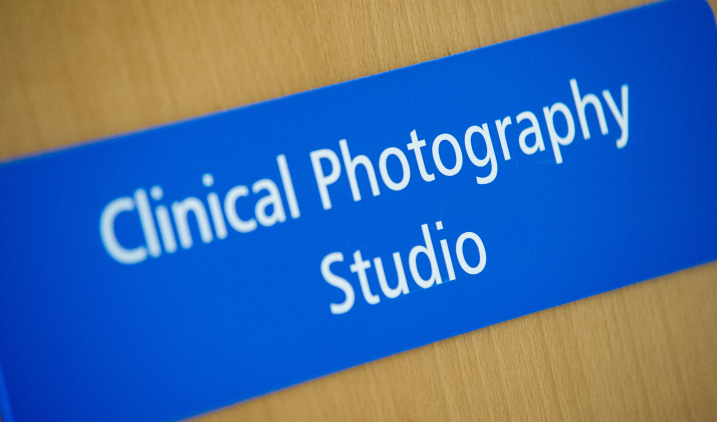Clinical photography
Clinical photography is the daily recording of clinical conditions presented by patients and is used for diagnosis or for recording a condition during the stages of treatment.
As a clinical photographer, you’ll provide different types of images to assist with diagnosing and treating patients. This can include specialised imagery such as thermography, 3D and ultra violet imaging as well as standard digital photography. Some clinical photographers also undertake videography.

Clinical photographers work in a medical illustration department as an important part of the healthcare team. They work closely with doctors, healthcare scientists, nurses and other healthcare professionals associated with the delivery of care.
Most clinical photographers are hospital based and usually work in a studio or within clinics, operating theatres or on wards. Some work in the community.
Working life
You will provide essential professional and cost-effective photographic and graphic services for use in:
- patient care
- medical education
- research
- specialised techniques - for example in ophthalmic imaging, you'll use fluorescein angiography (which is used to delineate retinal blood vessels) and the production of images for treatment planning in craniofacial surgery and surgical audit
- providing photographic and other visual records of patients and pathological materials. These provide valuable aids in early diagnosis or for confirming the effective treatment of disease.
In small medical illustration departments, you might have a broader range of responsibilities and duties, such as graphic design.
So in addition to clinical photography, you might:
- use basic graphic design skills, such as in the production of audio visual teaching or lecture material, artwork for scientific posters and patient information
- be responsible for the design and layout of annual reports and other corporate material.
Who will I work with?
You'll work with a range of people, depending on your precise role. These could include surgeons, nurses and other clinical staff, but you might also work with communications staff, for example.
In larger medical illustration departments, you might work alongside, and in collaboration with, graphic designers and video producers who will undertake this work.
Want to learn more?
- Find out more about the entry requirements, skills and interests required to enter a career in clinical photography
- Find out more about the training you’ll receive for a career in clinical photography